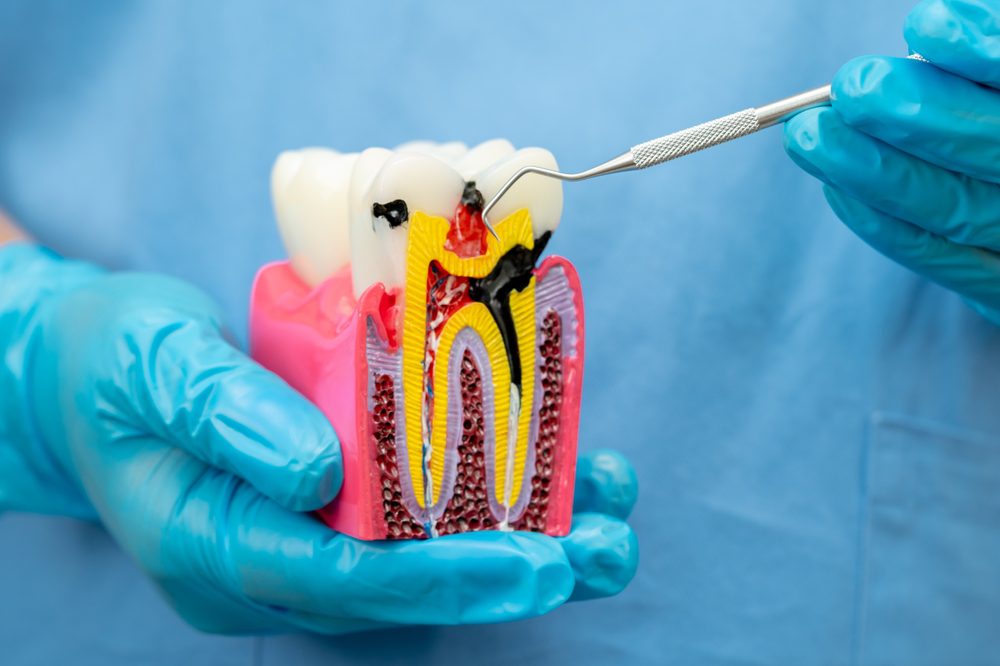How Can Dental Crowns Restore Aging Teeth?
As we grow old, our teeth undergo wear and tear due to regular use. Years of biting, chewing, and, in some cases, grinding account for the wearing down of the enamel. Teeth can become cracked, discolored, and, in some cases, more sensitive than they once were. Dental crowns can improve your smile’s appearance as well as the way your teeth work.
One good solution many elderly are opting for is dental crown treatment for aging teeth, which serves to strengthen and secure damaged teeth.
Why Aging Teeth Need More Support
Unlike younger teeth, aging teeth have likely undergone many different treatment options (e.g., fillings, root canals, etc.) Over time the tooth structure becomes more susceptible to breakdown and decay. A crown serves as a barrier to stop additional harm.
They don’t just repair damage; they also prevent more damage in the future.
What Are Dental Crowns Made Of?
Crowns may be crafted from various materials like ceramic, porcelain, metal, or zirconia. Some are stronger and more durable, while others are more natural-looking. Your dentist will choose the best one for your specific case.
These custom-made restorations are designed to match your natural teeth in color and shape, so they blend in beautifully with your smile.
A Smart Solution for Long-Term Care
One of the most reliable options for restoring weak teeth is the use of restorative crowns for older teeth. These crowns help protect the tooth and improve how it functions. They also put your eating and speaking back into comfortable working order.
Even if your tooth is badly worn down, a crown may save it from needing extraction.
Signs You Might Need a Crown
It’s not always easy to know when a crown is the right choice. But here are a few signs that suggest it could help:
- You have a cracked or broken tooth
- Your tooth has a large filling that’s failing.
- A root canal has weakened your tooth.
- Your bite feels uneven or uncomfortable.
- Your smile looks worn out or aged.
Don’t wait until it hurts—crowns are often more effective when placed early.
Where to Go for Quality Dental Care
When it comes to getting a crown, the experience of your dentist matters. Look for someone with a gentle approach who listens to your needs and uses modern tools to ensure a comfortable process.
If you’re searching for a caring dentist, it’s important to choose an office that specializes in restorative dentistry and understands senior care.
What Happens During a Crown Procedure?
Getting a crown usually takes two visits. During the first visit, your dentist will clean and reshape the tooth. They’ll then take impressions for your custom crown and put in a temporary one.
On your second visit, the permanent crown will be placed and adjusted to fit just right. Once it’s cemented, it feels and works like a real tooth.
Find the Right Crown for You
Depending on your needs and financial situation, there are numerous options. Some crowns are made to last many years, especially the ones used on chewing teeth. Others are chosen for their look, especially on the front teeth.
If you want to explore these choices, check out dental crowns in Worcester and ask your dentist about which material works best for your lifestyle and bite.
Care Tips for Long-Lasting Crowns
To make sure your crown lasts, follow these tips:
- Brush and floss every day
- Visit your dentist for regular checkups.
- Don’t chew on ice or hard candy.
- Wear a mouthguard if you grind your teeth.
- Let your dentist know if your crown feels loose or sensitive.
Crowns have a lifespan of 10–15 years or more with correct care.
Talk to a Dental Team That Understands You
Your dental health is just as important in your later years as it was when you were younger. A properly placed crown can make eating easier, protect your natural teeth, and boost your self-confidence. At Worcester Dentist Group, we take the time to provide personalized care for every age and every smile.
Our experienced dentist in Worcester is here to help you restore and protect your aging teeth with comfort and care.
Give us a call to arrange your appointment and start down the path to a happier, more self-assured smile.









